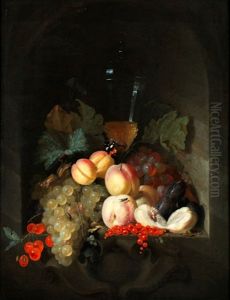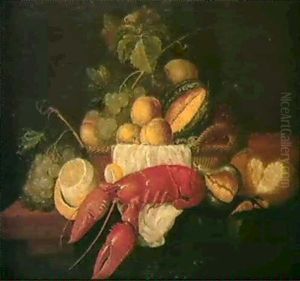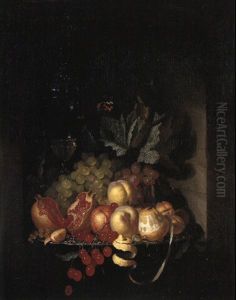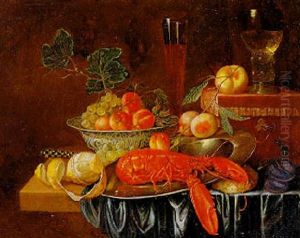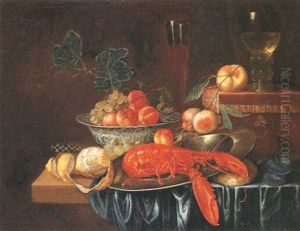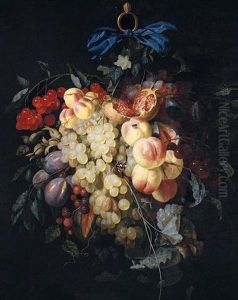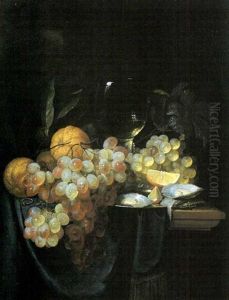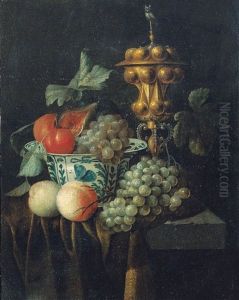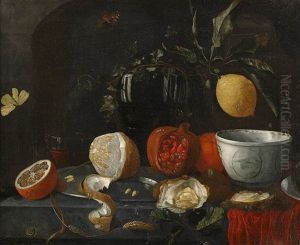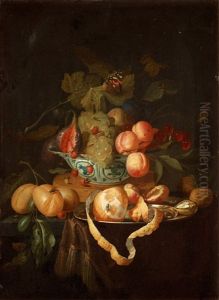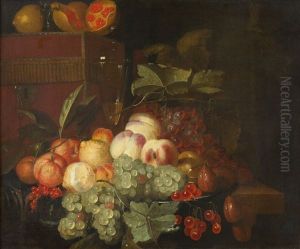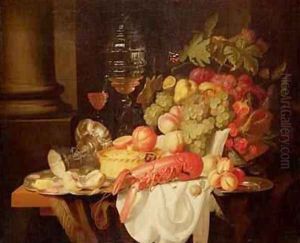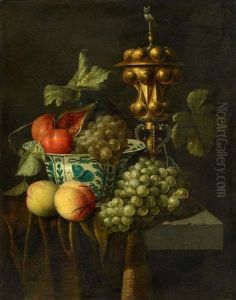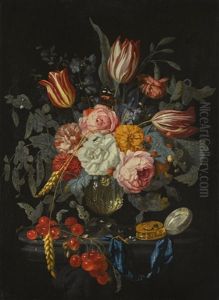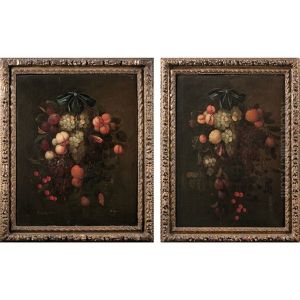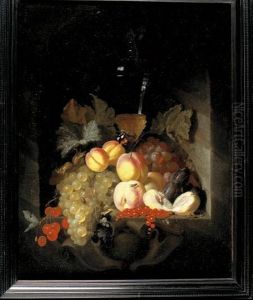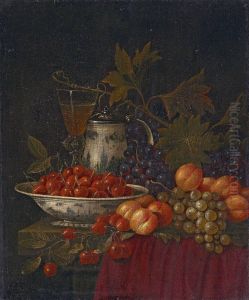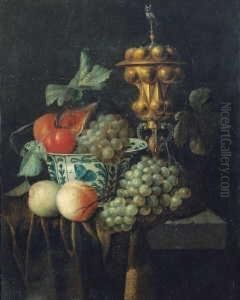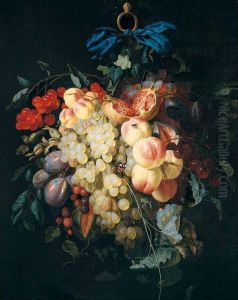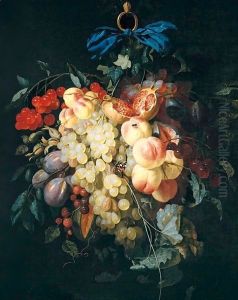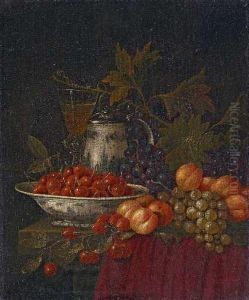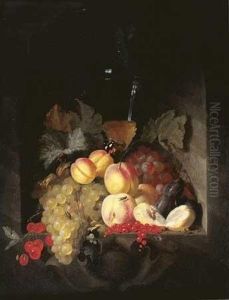Johannes Hannot Paintings
Johannes Hannot, sometimes also spelled as Jan Hannot, was a Dutch Golden Age painter whose exact birth and death dates are not well-documented, making a comprehensive biography somewhat challenging. Born in 1625, Hannot is known to have been active as an artist primarily during the mid-17th century. While there is not a wealth of information available about his personal life, he is recognized for his contributions to the Dutch painting tradition during this prolific period in art history.
Hannot's work was influenced by the Dutch Golden Age's emphasis on realism and attention to detail. During this time, many artists focused on genres such as still lifes, portraits, landscapes, and genre scenes depicting everyday life, and Hannot's oeuvre suggests that he may have engaged with some of these popular genres. However, specific works attributed to him are not widely referenced in historical records, which poses a challenge for art historians who wish to evaluate his style and impact accurately.
Little is known about Hannot's training or early career. It was typical for artists of that era to apprentice with established painters, and he may have received his artistic education in such a manner, though the details of this apprenticeship remain obscure. The art market in the Dutch Republic was highly developed, with a middle class that had both the financial means and the interest to purchase art, which could have provided Hannot with a clientele for his works.
Despite the lack of detailed records, Johannes Hannot is occasionally mentioned in art historical texts as a figure within the broader tapestry of Dutch Golden Age painters. His death date is not recorded, and much like the circumstances of his life, remains an enigma. Consequently, Hannot's legacy is one that requires further research and discovery, as primary sources and additional documentation come to light.
